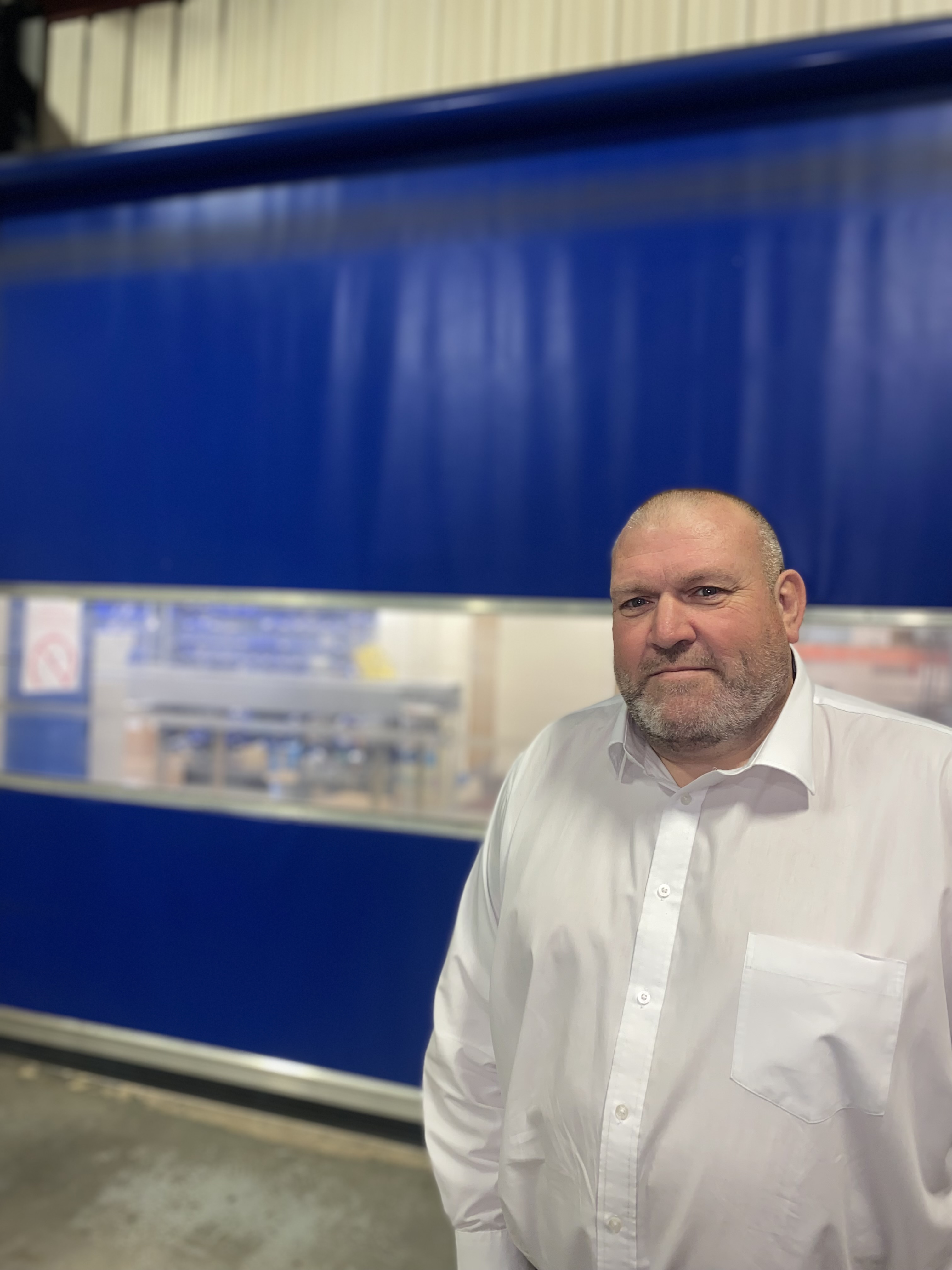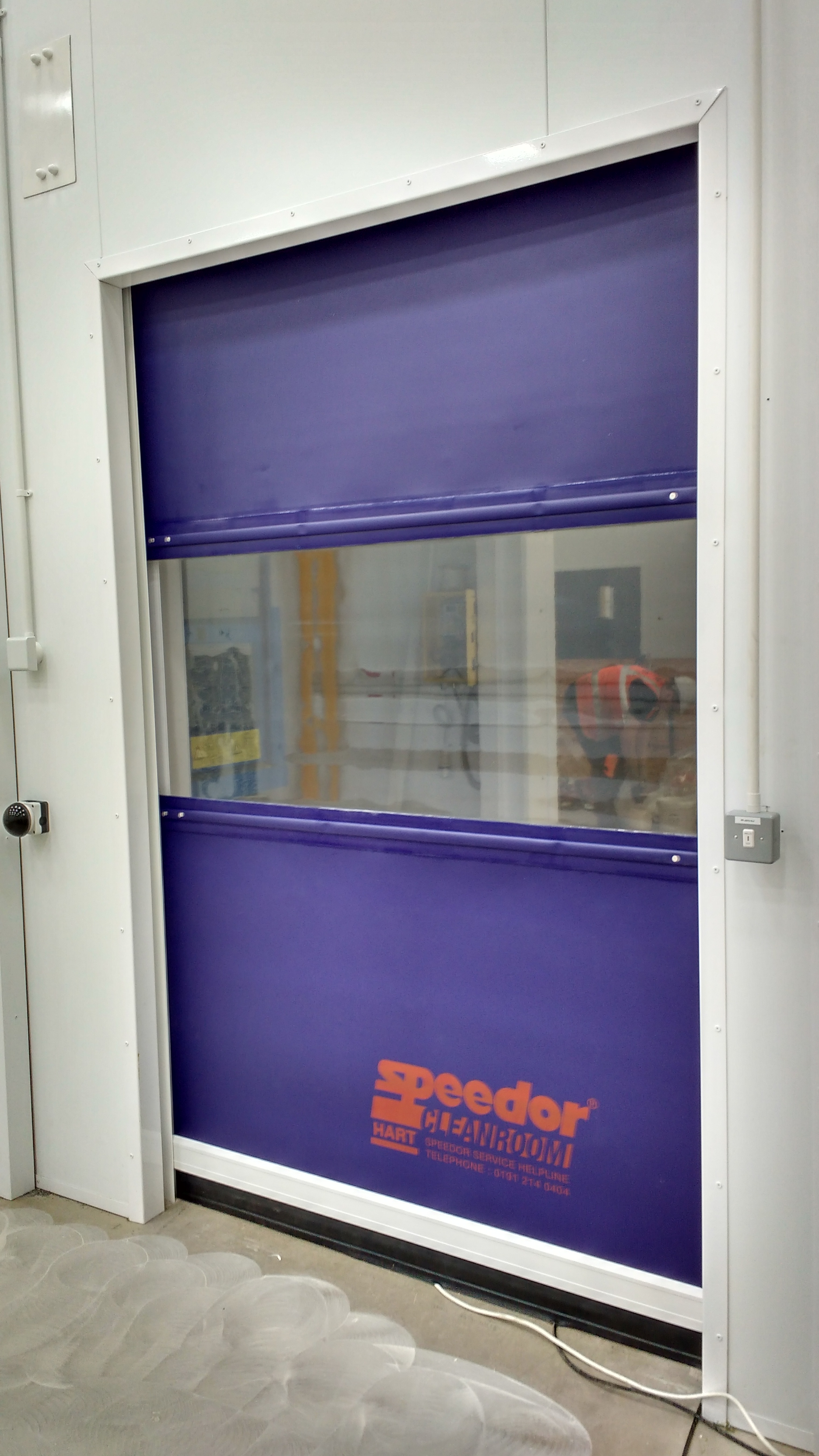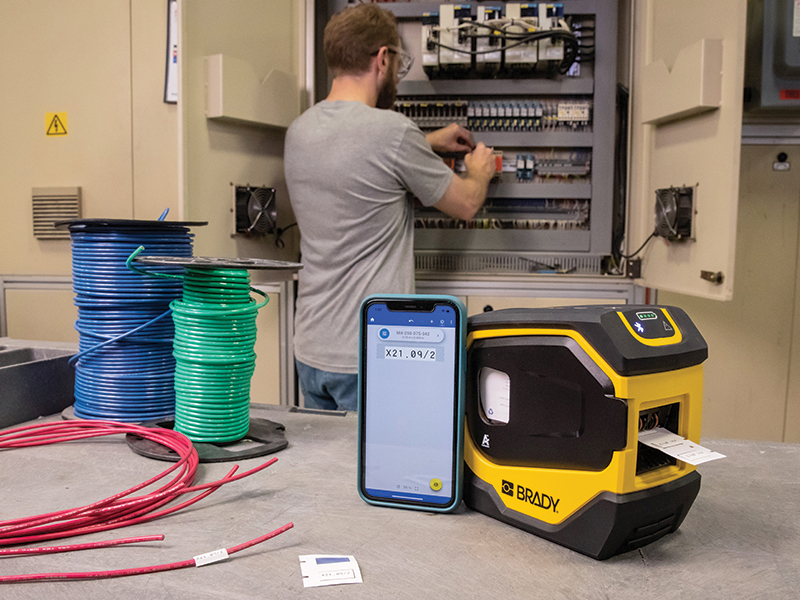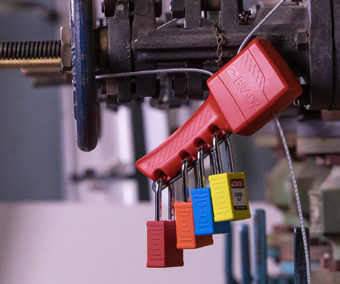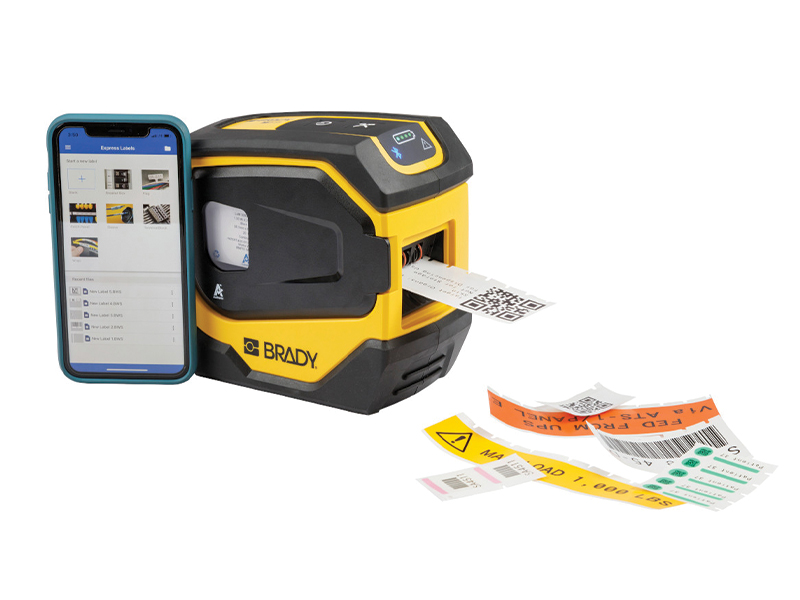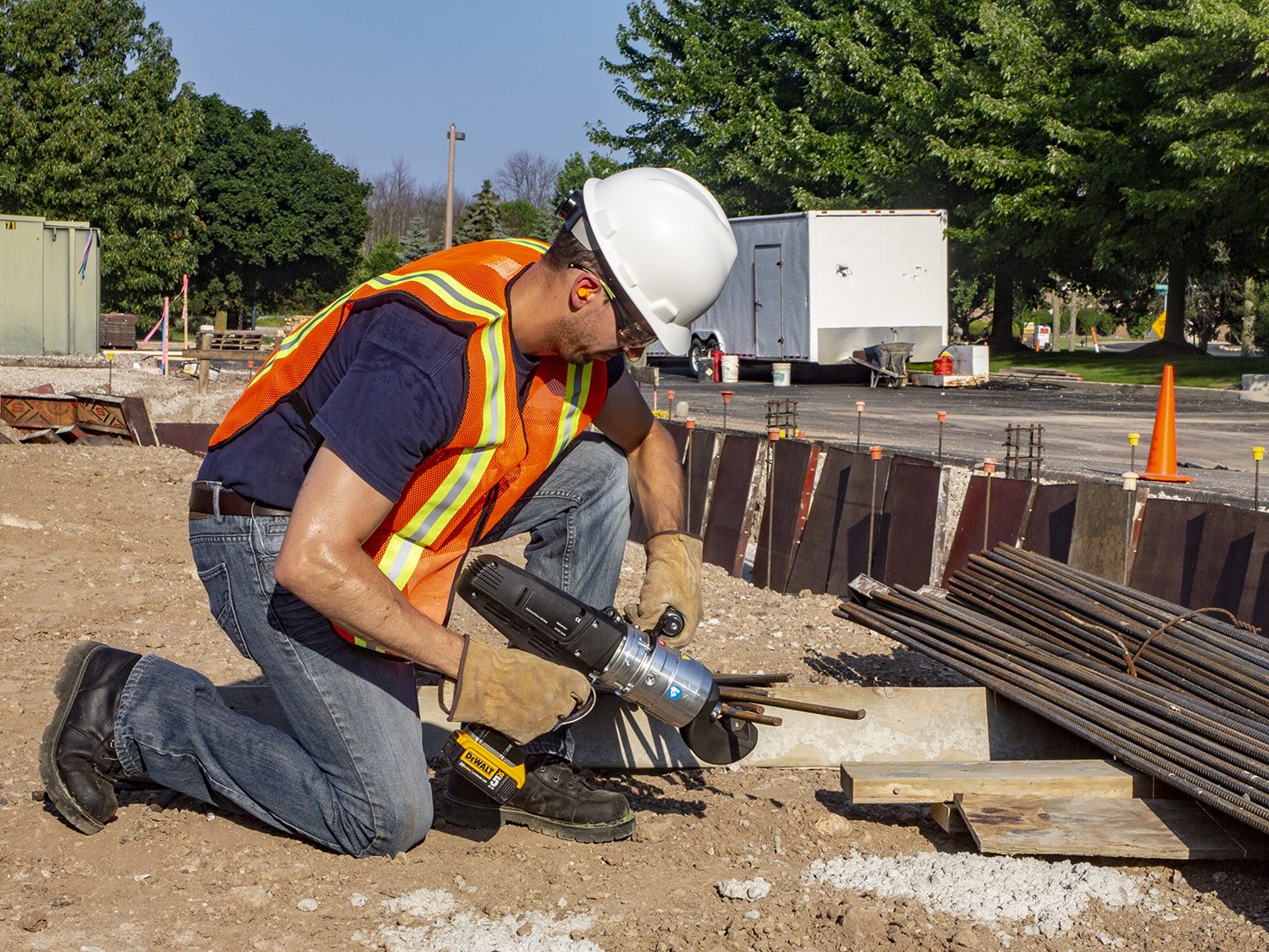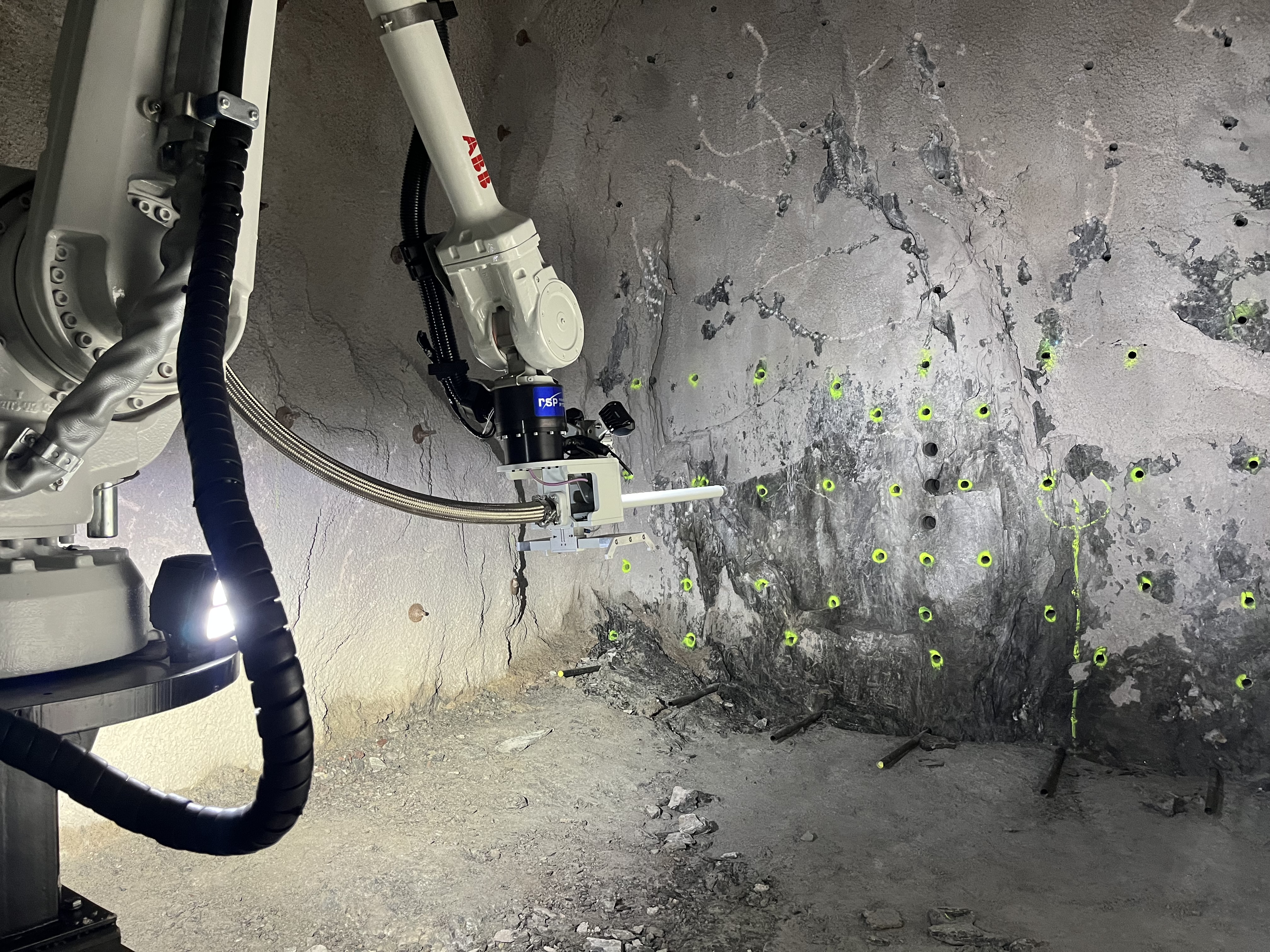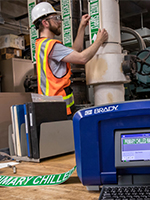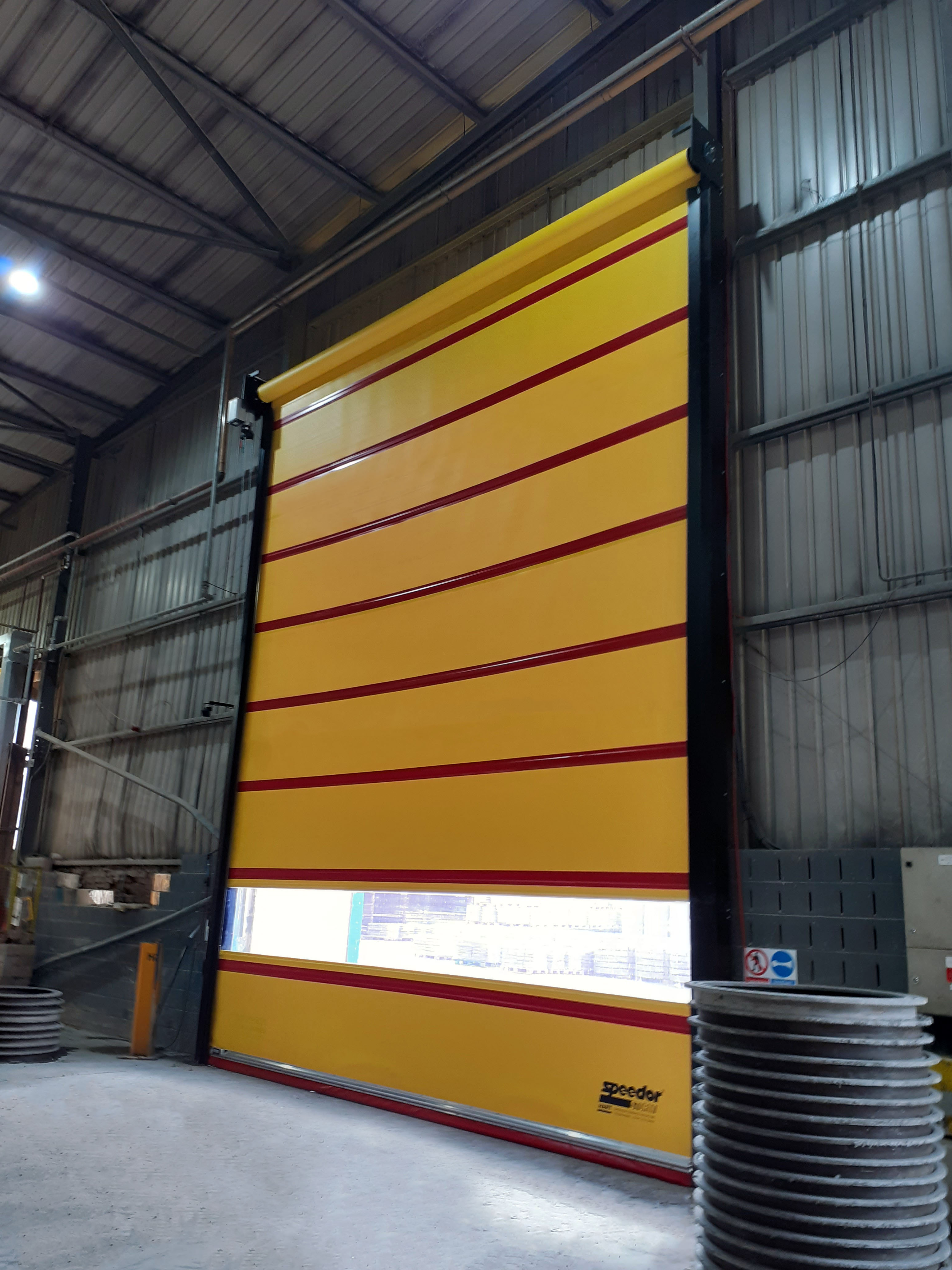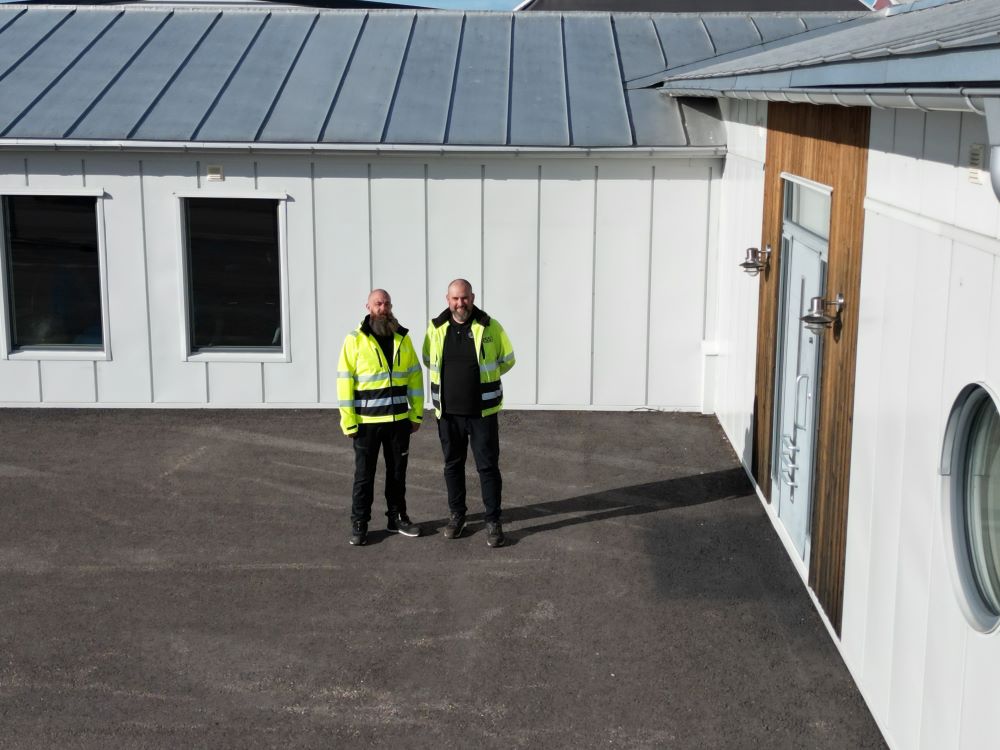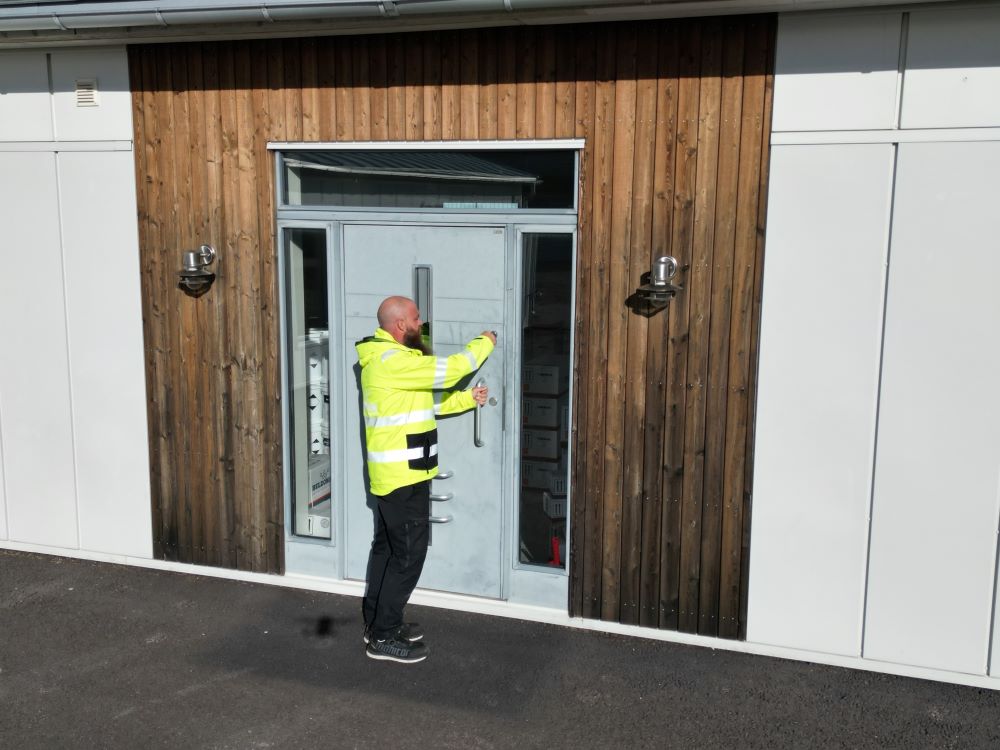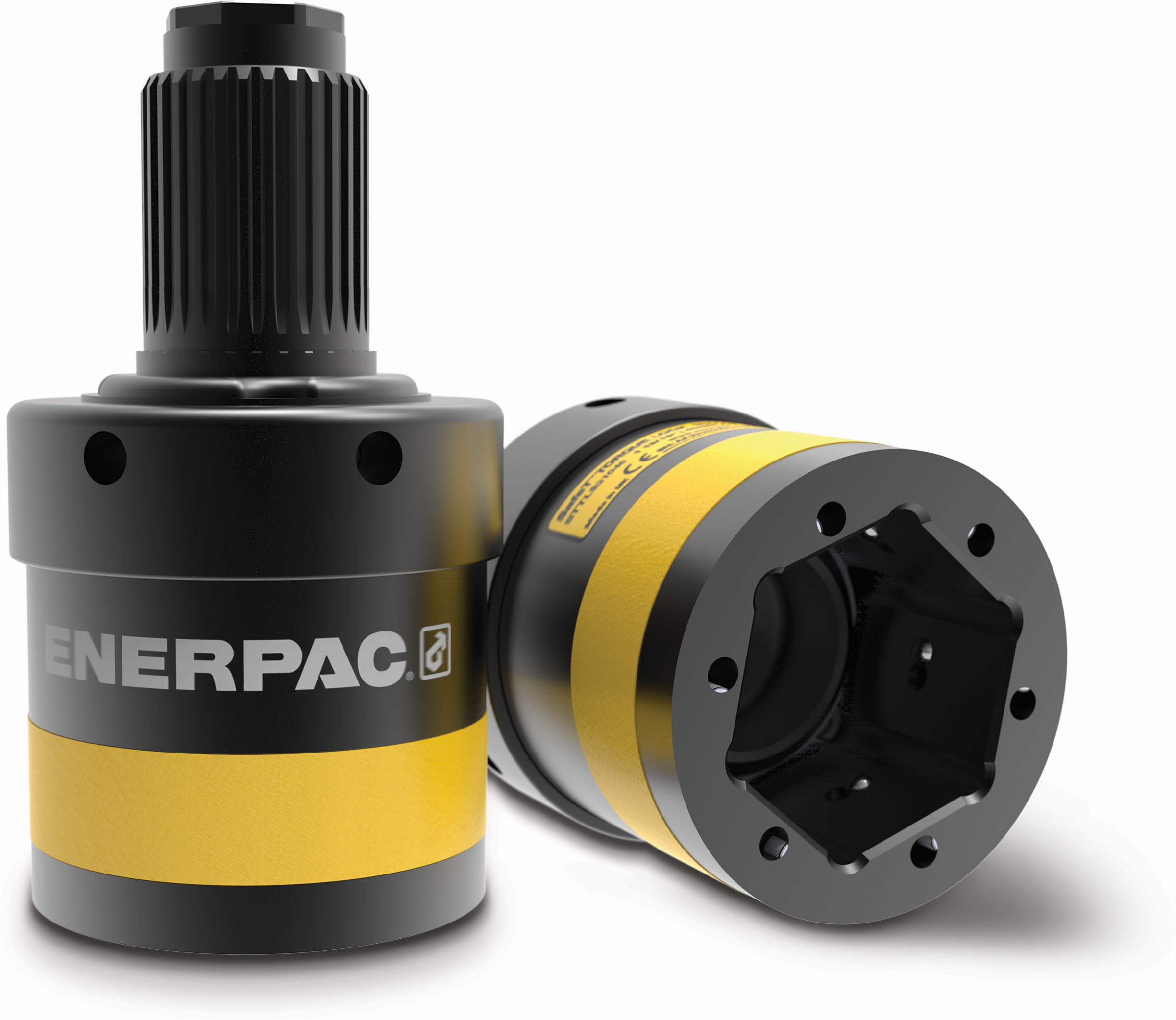The fact that Hart Door Systems has built a reputation for quality and longevity of its wide range of industrial doors, the importance of door maintenance should not be understated says Keith Fisher, Hart’s National Operations Manager.
Servicing industrial doors not only improves their reliability and operational functionality but servicing is also a requirement under Health, Safety and Welfare Regulations which protect people who come into contact with the doors. Indeed failure to maintain industrial doors could put the user in breach of Government legislation incurring liability in the case of an incident involving an industrial door which is non-compliant.
As essential support for our clients Hart has comprehensive Service & Maintenance assistance as a specialist department which delivers a range of repair and scheduled maintenance options for its customers to further extend the life of their doors.
Given the very wide variety of industrial classifications we supply doors and shutters to, the emphasis has to be on designing servicing and maintenance packages which are tailored to match the specific needs of our clients’ businesses and the arising usage patterns of the various doors/shutters.
A preventative Servicing and Maintenance Agreement ensures Hart’s servicing is carried out correctly and at the precise frequency thus complying with Regulations. Typically during a Hart servicing visit all mechanical and electrical elements are checked for missing parts, general wear and tear and Compliance issues.
Mechanical checks include inspecting parts such as drive chain tension, alignment and lubrication, bearing wear and tear, motor oil levels and fabric tension and electrical checks include limit settings, cable connections and safety devices.
Hart also has a legal responsibility to ensure doors are left in safe working order after servicing. Again the issues are wide ranging such as measuring the closing forces of automatic doors where safe contact is the main strategy to prevent hazards.
The closing force of a door ensures correct force limitation under EN 12978 which prevents injury and crushing. Testing should always be carried out with an annually calibrated instrument according to DIN 18650, EN 12453 or EN 12445.
On completion of a Hart service visit, a paperless electronic copy of the engineer’s report will be issued which may include additional recommendations necessary to ensure the doors are safe and compliant to relevant legislation due to changing ‘shop floor’ circumstances.
The sophistication of door systems such as Hart’s Speedor range or its Typhoon shutter range has changed significantly over the years to cater for changing needs by its customers across the globe and indeed by changing climate. To ensure hard working doors in busy industrial environments continue to make a significant daily contribution to efficiency and safety, planned maintenance is essential.

